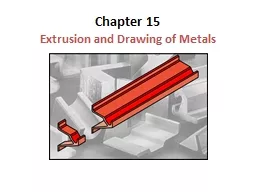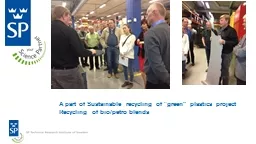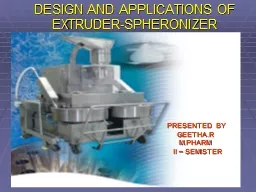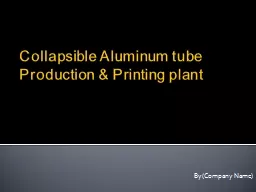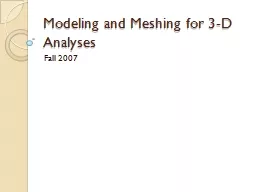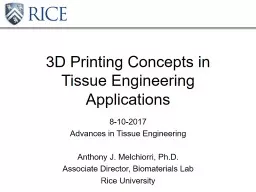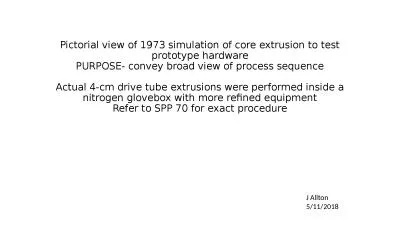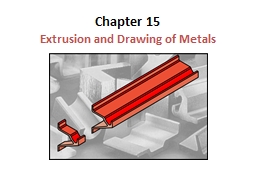PPT-Extrusion of 7075
Author : pasty-toler | Published Date : 2016-03-21
aluminium alloy through doublepocket dies to manufacture a complex profile Presenter Christina Lambertson Date September 13 2010 Authors Gang Fang Jie Zhou
Presentation Embed Code
Download Presentation
Download Presentation The PPT/PDF document "Extrusion of 7075" is the property of its rightful owner. Permission is granted to download and print the materials on this website for personal, non-commercial use only, and to display it on your personal computer provided you do not modify the materials and that you retain all copyright notices contained in the materials. By downloading content from our website, you accept the terms of this agreement.
Extrusion of 7075: Transcript
Download Rules Of Document
"Extrusion of 7075"The content belongs to its owner. You may download and print it for personal use, without modification, and keep all copyright notices. By downloading, you agree to these terms.
Related Documents


